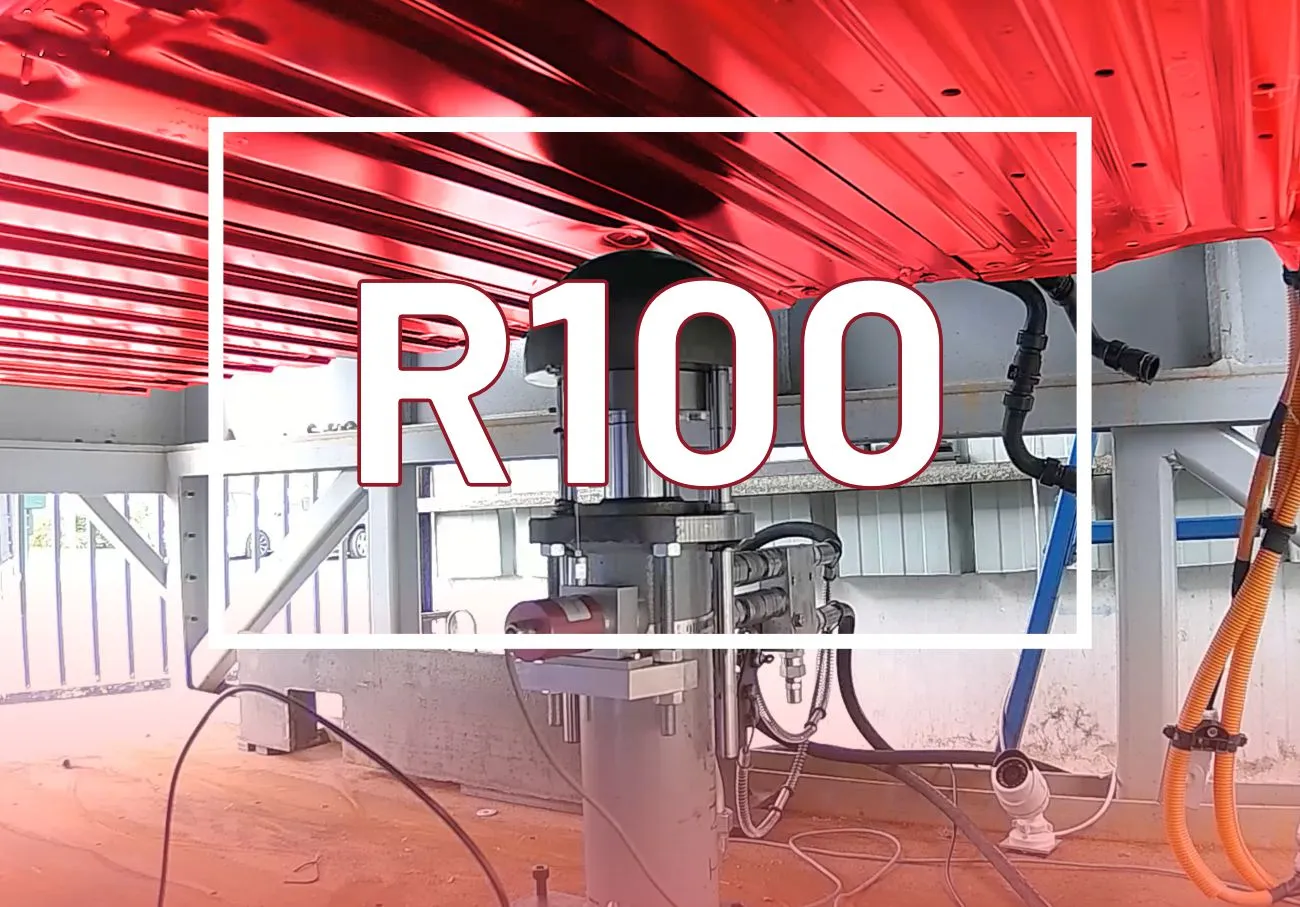Analysis of gases emitted by batteries
Identify and quantify gaseous emissions from your batteries under normal or abusive conditions

Why analyse the gases emitted by batteries?
- Flammable gases (H2, CH4, C2H6, etc.),
- Toxic compounds (CO, HF, HCN, volatile hydrocarbons),
- Corrosive agents (HF, SO2, NOx),
- Organic vapours with an irritant or environmental effect.
- Assess the health and environmental risk,
- Qualify the materials and internal components,
- Plan ventilation, containment or neutralisation systems,
- Meet standards requirements (R100.3, UL, ISO, etc.).
What are the applications?
Electric and hybrid vehicles.
Stationary and industrial storage.
Aerospace, naval and military applications.
Fleets of batteries for urban, rail or agricultural mobility.
The analysis methodology used in the Emitech Group laboratories
Test conditions
- Functional tests, severe cycling, overload, short-circuit, thermal runaway.
- Tests in confined enclosures with automatic sampling system.
- Gas detection during emission and post-test.
Analytical resources available
- GC-MS (gas chromatography-mass spectrometry): identification of volatile organic compounds (VOCs).
- FTIR (Fourier Transform Infrared Spectroscopy): continuous measurement of gas composition (CO2, CO, HF, HCl, NOx, etc.).
- Electrochemical and optical sensors: real-time monitoring (H2, CO, O2, temperature, pressure).
- Gravimetric analysis: mass of gas emitted, loss of matter, relative concentration.
Deliverables: Summaries and test results
- Emission curves by component.
- Quantification in ppm, mg/m3 or g/cycle.
- Time profile of off-gases.
- Comparison with regulatory or industrial thresholds.
Talk to our experts in battery gas analysis
What standards and benchmarks are covered?
- R100 (traction batteries) - management of gaseous emissions.
- UL 2580 / UL 1973 / UL 1642 - fire safety and toxicity.
- ISO 12405 / IEC 62660 - performance and abnormal behaviour.
- HSE directives and REACH/CLP regulations
Why choose the Emitech Group for your abuse tests?
- Unique testing resources + integrated chemical analysis.
- Battery and materials safety expertise.
- The ability to combine electrical, mechanical and chemical testing.
Needs
Discover a selection of additional resources that explore topics related to this page including regulatory contexts, technical articles, and specific areas of expertise. These materials provide further insight to help you better understand the key challenges and available solutions.
Contact us for a quote






